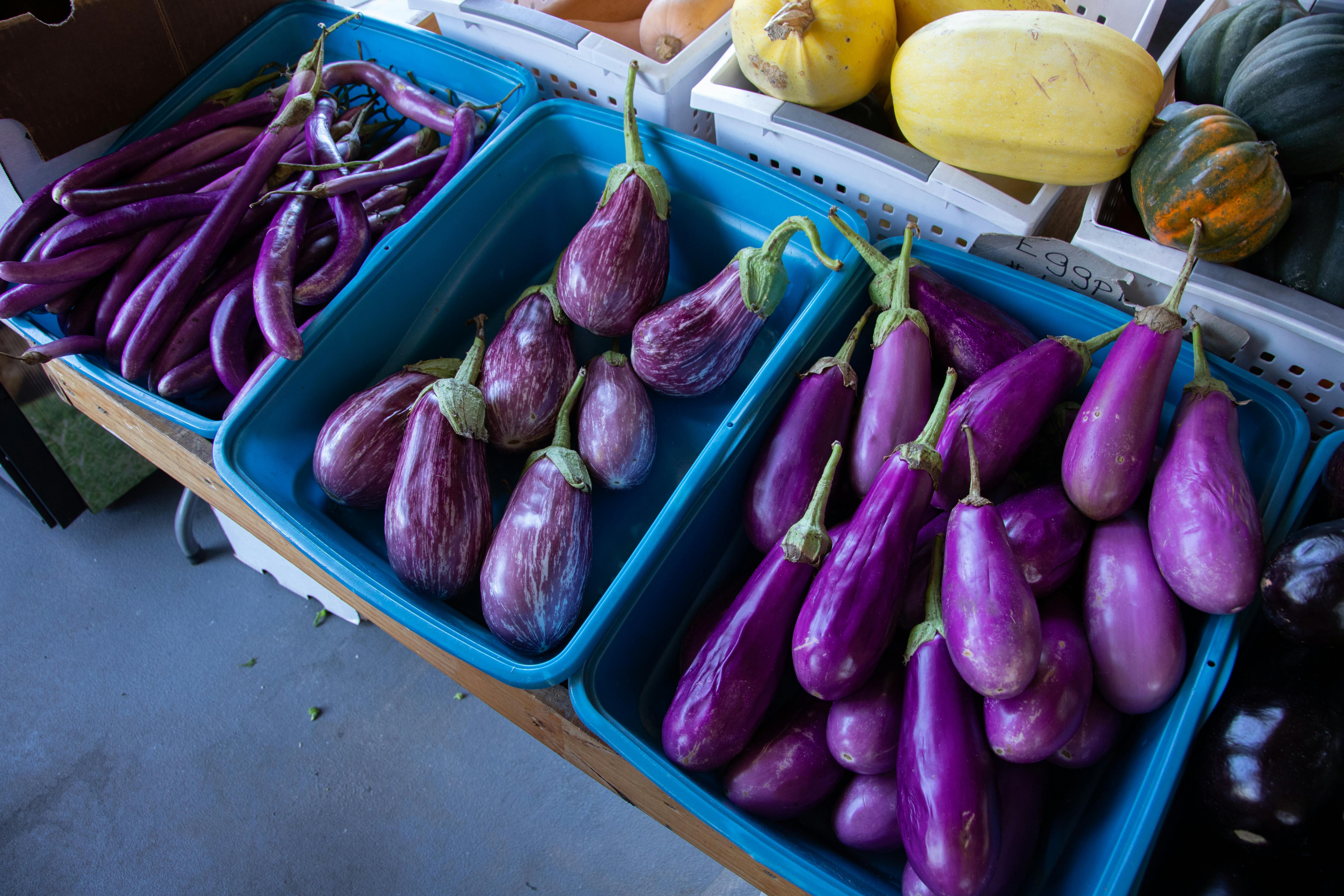Unveiling the Health-Boosting Properties of Purple Foods
Isn't it intriguing how the natural color of foods often gives a hint about their nutritional benefits? Today, we are taking a deep dive into the world of purple foods, a group of fruits and vegetables that are not just visually appealing but also loaded with health-enhancing properties. But, what exactly makes them purple and how does this contribute to our well-being? Let's find out.

The Science Behind Purple Foods
Purple foods owe their vibrant hue to a group of flavonoids known as anthocyanins. These natural pigments act as potent antioxidants, protecting our body’s cells from damage by harmful free radicals. In fact, anthocyanins are part of a larger group of plant compounds known as phytochemicals, which have been found to have numerous health benefits. Historically, anthocyanins have been used in traditional medicine for their anti-inflammatory and anti-viral properties.
Current Trends and Health Insights
The popularity of purple foods has surged recently, with health-conscious consumers seeking out these colorful fruits and vegetables for their potential health benefits. From purple cabbage and eggplants to blueberries and blackberries, these foods are being recognized for their high antioxidant content. Research suggests that anthocyanins may help reduce the risk of heart disease, improve brain health, and aid in weight management.
The Benefits and Challenges of Incorporating Purple Foods
The benefits of consuming purple foods are plenty. Regular consumption may help in reducing inflammation, maintaining a healthy heart, and boosting brain function. Additionally, the high fiber content in these foods aids digestion and keeps you feeling full, thereby aiding weight management.
However, the challenge lies in incorporating these foods into our daily diet. Given their seasonal nature, availability can be an issue. Additionally, some people may find it hard to adjust to the unique flavors of certain purple foods.
Backed By Research
Multiple studies vouch for the health benefits of purple foods. A 2012 study published in the American Journal of Clinical Nutrition revealed that anthocyanins can help lower blood pressure. Another study published in Nutrients in 2017 suggested that these flavonoids can help improve memory and cognitive function. However, more research is needed to fully understand the potential of these foods.
Your Purple Food Checklist
- Purple Cabbage: Packed with vitamins and fiber, it’s a great addition to salads and coleslaw.
- Eggplant: Its meaty texture makes it a great substitute for meat in various dishes.
- Blueberries: These tiny berries are a powerhouse of antioxidants. Enjoy them fresh or in smoothies.
- Blackberries: High in vitamin C, these are perfect for desserts or as a topping on your breakfast cereal.
- Purple Sweet Potatoes: These offer a higher antioxidant content than regular sweet potatoes.
In conclusion, purple foods offer a multitude of health benefits, making them a must-add to our diets. While their availability might pose a challenge, the nutritional pay-off makes the effort worthwhile. As always, remember that a balanced diet is key to optimal health. So, while you load up on these vibrant foods, also ensure to consume a variety of other fruits and vegetables. After all, when it comes to nutrition, variety is the spice of life.






